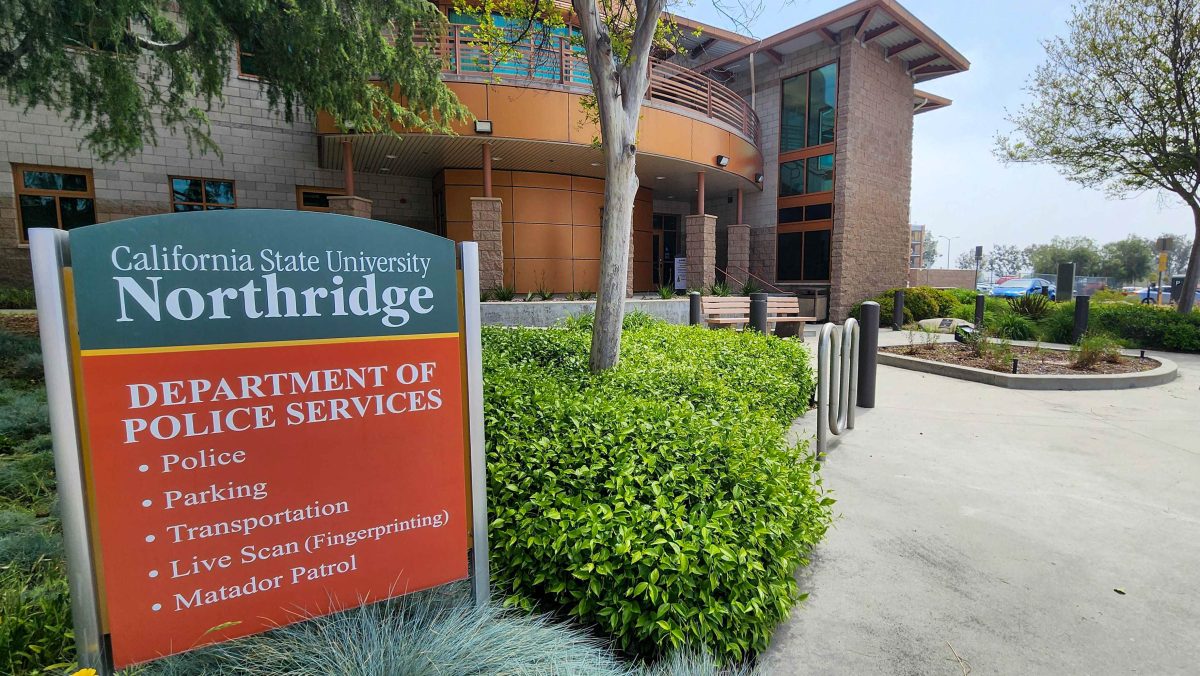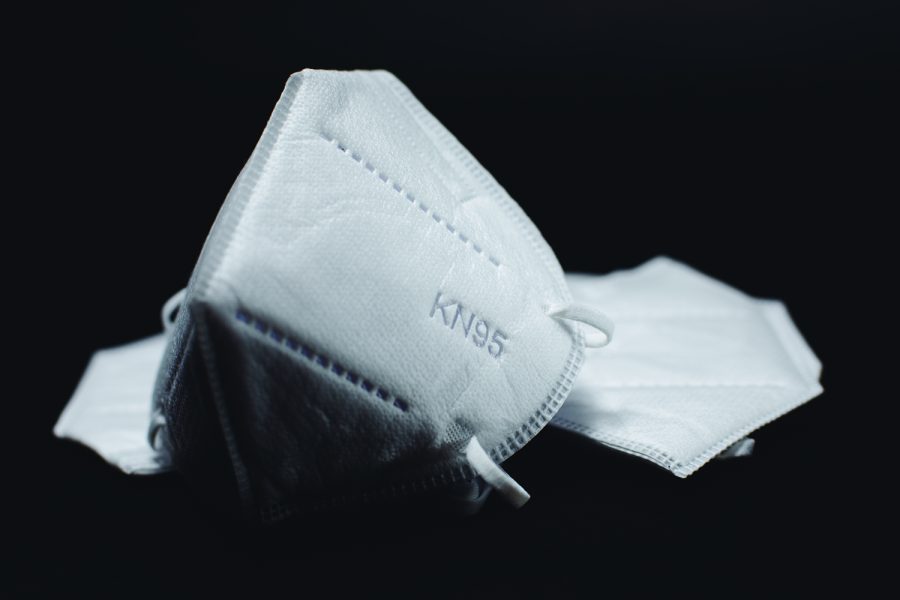We know that hybrid vehicles such as a Toyota Prius and Honda Insight are built for next to no CO2 emissions but what about the rest of the cars? After all in the U.S. Toyota just hit its one millionth sale and the Insight is about 21,000 after being released in 2009.
So 1.2 million clean cars on the road. That’s a good number right? Not really but hey, its not like people are going to flock to the nearest dealership to buy a hybrid at the same time. In the meantime, there are some things you can do to whatever car you are driving to save on gas, wear and tear, and maintain style.
For the most part, civics, accords, corrollas and camrys are already designed to be preferable commuter cars and give the owner decent mpg’s. What about the people who enjoy fast paced cars and like racing? Lets my best friends 2005 Subaru STI as our guinea pig.
First off, the specs under the hood of one of these beasts is a 2.5L flat 4 engine, 300 crank horsepower and turbocharged with 11 ½ psi. A flat engine sets the cylinders to move horizontally rather than up and down like a standard 4 cyl engine. This design offers a low center of gravity and adds to better control.
Now, if you drive one of these or an equivalent, making the engine lighter will make a difference in both performance and gas mileage. Installing lighter pistons, crankshaft or even connecting rods make the engine be able to move more fluid and use less fuel.
If you are driving manually and have the stock flywheel, an upgrade or sometimes called downgrade will reduce the amount of rotational mass, allowing you to rev faster. On an STI, a typical flywheel weighs about 19 lbs vs the lightweight flywheel at 15lbs.
As a quick example, rotational mass is as though you took a 5lb weight, tied it on the end of the string and swung it around. The inertia exerted is going to be a lot greater than if you took a 1lb weight and swung it around. Less energy is used to get it around.
This may not be the best time to buy any of these lighter replacement parts due to cost but there are more, less expensive adjustments which can be made.
These tweeks can be used on all cars, not just the STI.
Wheels. Get rid of those heavy, flashy wheels and thin tires. If you want better mpgs, that is going to be the larger contributor for horrible fuel consumption. Downsize to lighter wheels like aluminum instead of chrome. Chrome platted is alright though.
Also, the type of tire and correct air pressure makes a difference. Standard passenger tires with lower resistant will keep the tire from gripping the road as much as performance ones. Unless you enjoy racing on a track or in canyons, you don’t need the harsh grip.
As with anything that moves fast, aero dynamics play a huge role in how your vehicle zooms through the air. Don’t just slap a wing on the back without knowing the proper adjustments to create drag. Improper installations on the back can place more weight on the front while lifting up on the back. Whatever you do to the back you must balance it with work on the front.
A rear diffuser and front lip or air splitter can make a cleaner cut through the air as it goes both over and under. Having these components can aid in better gas mileage since the car is now gliding through the air smoother.
Finally, cost free tips on how to save gas and slow the were and tear is by doing the speed limit. I know, 65…wtf right? Trust me I understand the shaking heads and hell no’s. However, keep in mind that air is thinner at lower speeds meaning that it requires less fuel and hp to propel you through it.
Oh yes, remove everything in the trunk that is not needed. Added weight equals more fuel.
So as the gas prices soar upward, this is the best advice I can give. Once they come back down though, back up to cruising speeds of mach 2, right?





